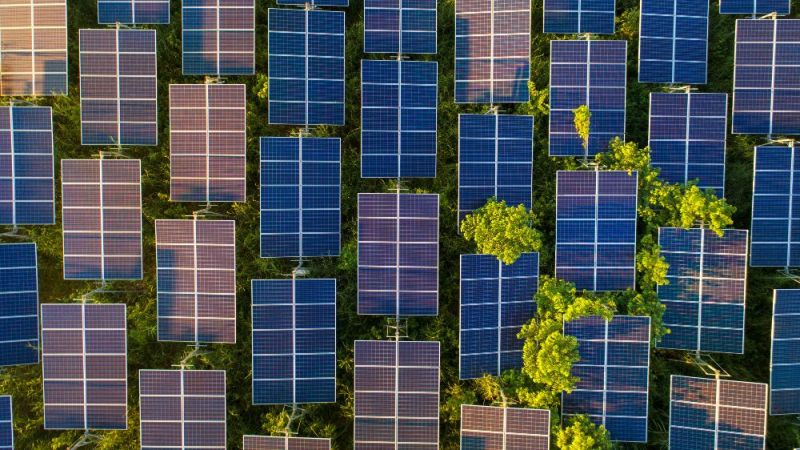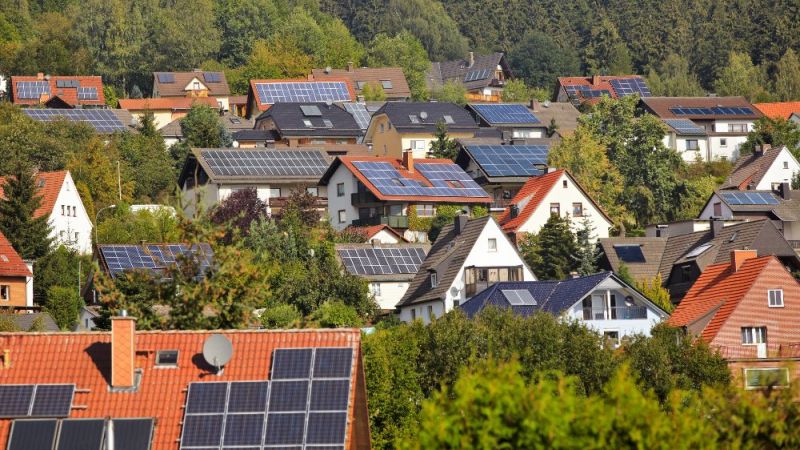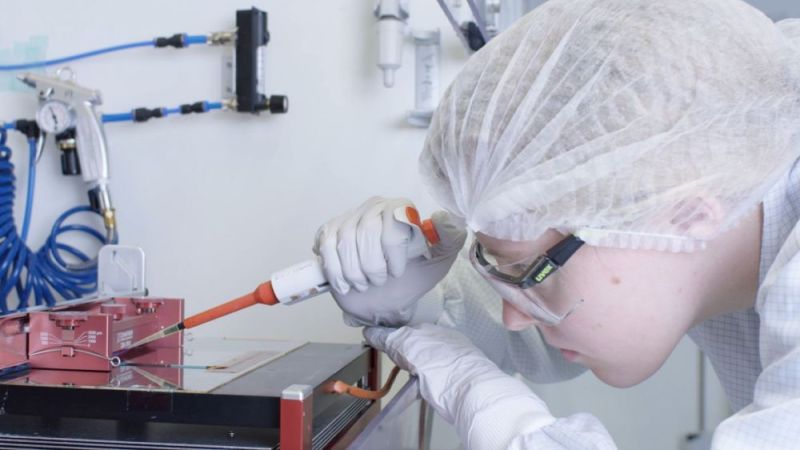Photovoltaics
Sun Day: Global expansion of photovoltaics last year amounts to 140 gigawatts
Preliminary data shows that the global photovoltaics market has grown significantly - notwithstanding the current COVID-19 pandemic.
The associated figures and estimates are presented by the International Energy Agency's PVPS programme in its current Snapshot Report. According to this report, photovoltaic systems with at least 139.4 gigawatts were installed and commissioned worldwide in 2020. This brings the cumulative total capacity of installed photovoltaic output globally to 760.4 gigawatts. The data are for now based on estimates and need to be verified in the coming months. Nevertheless, it is already possible to identify significant trends.
European development of the photovoltaic market
Germany will be the largest European market in 2020, with 4.9 gigawatts of new photovoltaic capacity. The Netherlands, Spain and Poland follow with around 3 gigawatts each. In total, the countries of the European Union installed about 19.6 gigawatts of photovoltaic systems last year; the value for all European countries is about 23.2 gigawatts. In an international comparison, the countries of the EU would rank second together.
International development of the photovoltaic market
The first place worldwide is occupied by China. There, the photovoltaic expansion amounted to 48.2 gigawatts last year. China continues to lead globally with a total of 253.4 gigawatts of aggregate capacity, accounting for almost one-third of global photovoltaic capacity. In second place is the USA, where the photovoltaic market grew to 19.2 gigawatts, setting a new record for the country. Vietnam and Japan follow closely behind. Other key markets that made a decisive contribution in 2020 are India (but down significantly compared to the previous year), Australia, Korea, Brazil, Taiwan, Mexico, the Philippines and South Africa. Photovoltaics can now generate around 3.7 per cent of the world's electricity requirement. In Germany, a value of just under 10 per cent of electricity requirement can already be met by photovoltaics.
Action day underlines the relevance of photovoltaic progress
Overall, the data shows that photovoltaics is making an ever greater contribution to the decarbonisation of the energy mix. Current figures show that photovoltaics already saves up to 875 million tonnes of CO2 annually.
This progress is also in line with the cause and goals behind today's International Sun Day. The annual action day on 3 May focuses on the sun as an energy source and aims to raise awareness of the potential of solar energy. Sun Day was first initiated in 1978 by then US President Jimmy Carter. Various organisations around the world use the special day to organise information events and to promote solar energy as an environmentally friendly and reliable form of electricity generation.
Figures prepared on behalf of the BMWi
The Snapshot Report is based in part on preliminary market figures that are the result of the so-called Task 1 of the PVPS (Photovoltaic Power Systems) technology initiative. Task 1 is entitled "Strategic PV Analysis & Outreach". The aim of the task is to promote and facilitate the exchange and dissemination of information on technical, economic, ecological and social aspects of photovoltaics.
For the Snapshot Report, the member countries have compiled the information they have available so far. Project Management Jülich carried this out for Germany on behalf of the German Federal Ministry for Economic Affairs and Energy (BMWi). The report will be supplemented at the end of the year by the Trends Report "Trends in PV Applications", which will then be based on the final figures.








